What is unique about the temple of Kom Ombo?
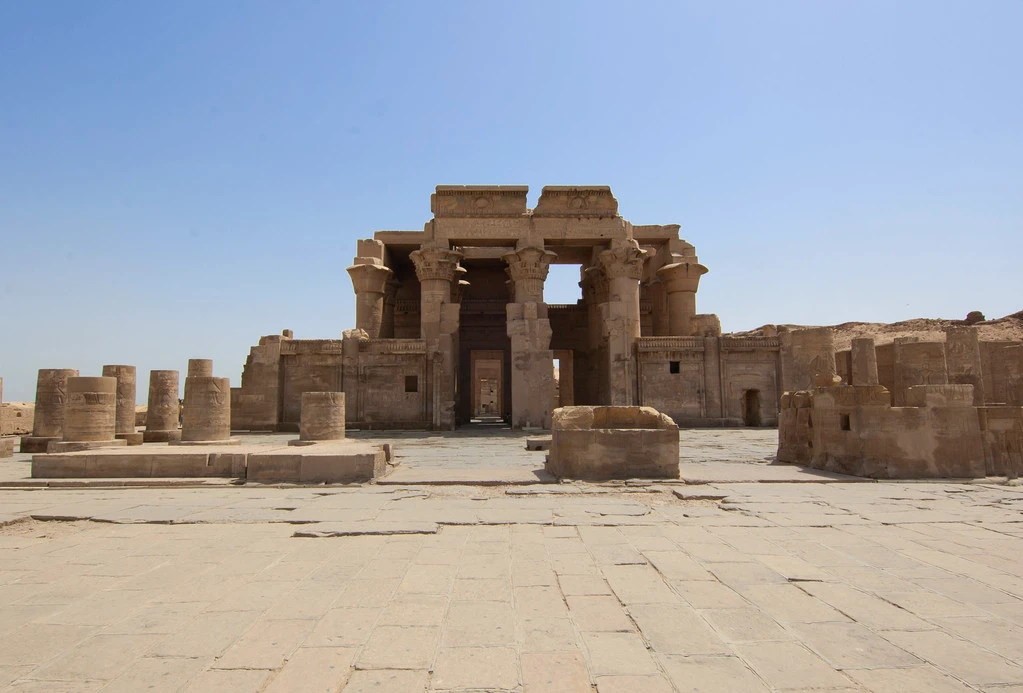
The Temple of Kom Ombo
Settled on the banks of the Nile Waterway, the Temple of Kom Ombo isn't simply an engineering magnum opus; a living demonstration of the duality that penetrated old Egyptian civilization. In this blog, we'll explore during Egypt tours the components that make this temple genuinely novel, and uncover the accounts carved into its actual stones.
1. Double Divinities
During Aswan day tours to the Kom Ombo Temple, recognize the most striking component of the Temple of Kom Ombo is its double commitment to two arrangements of divine beings. One portion of the temple is committed to the bird of prey-headed god Horus, related with recuperating and assurance, while the other half distinctions the crocodile god Sobek, respected for his association with the Nile and ripeness.
2. Rare Dual Entrance
The Temple flaunts two separate passages you will path through during your Egypt travel packages, each prompting the safe haven of one of the divinities. This structural component accentuates the sanctuary's duality and takes into consideration the synchronous love of the two divine beings.
3. Astrological Alignment
The design of the Temple of Kom Ombo is lined up with divine occasions. The entry to the Temple is lined up with the rising sun throughout the late spring solstice, projecting its beams straightforwardly into the internal sanctum of the sanctuary. Take a photo with the entrance of the temple during your Egypt classic tours to save the memory.
4. Medicinal Significance
The presence of engravings and reliefs connected with medication and medical procedures inside the sanctuary complex recommends that it was a strict site as well as a position of recuperating and clinical information. Our tour guide will read you the important signs engraved on the walls during the guided Egypt tours from USA.
5. Historical Time Capsule
The complex carvings and hieroglyphics on the temple walls give important experiences into the clinical practices, strict customs, and day-to-day existence of antiquated Egyptians.
Who Built the Temple of Kom Ombo?
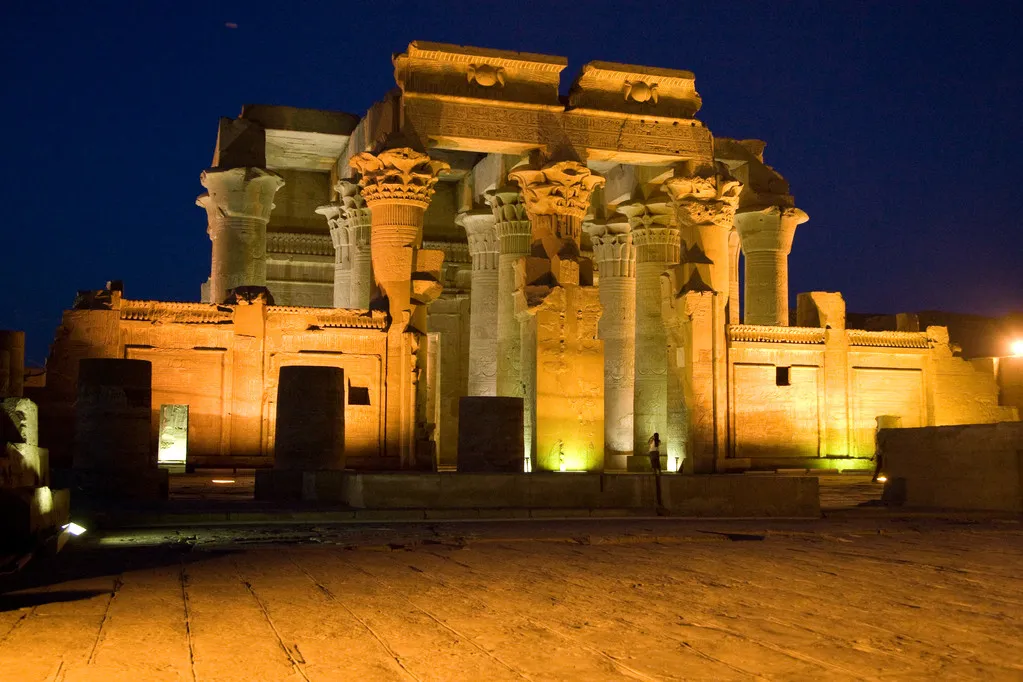
The Temple of Kom Ombo is a demonstration of the cooperative endeavors of a few old pharaohs and traditions. Its set of experiences extends back north of 2,000 years, uncovering the interconnectedness of Egyptian rulers and their common dedication to divine beings. Know more about the Egyptian rulers through your visit to the temple in our Egypt luxury tours from USA.
Ptolemaic Origins
The underpinning of the temple was laid during the Ptolemaic time frame, a line laid out after the triumph of Egypt by Alexander the Incomparable. The Ptolemaic rulers proceeded with the practices of the antiquated Egyptians and added to the development of the Temple.
Roman Additions
While the Temple development was started by the Ptolemaic rulers, it was finished and developed by the resulting Roman sovereigns. These augmentations enhanced the temple engineering and imagery, mirroring the developing social impacts of the time.
Facts about the Temple of Kom Ombo
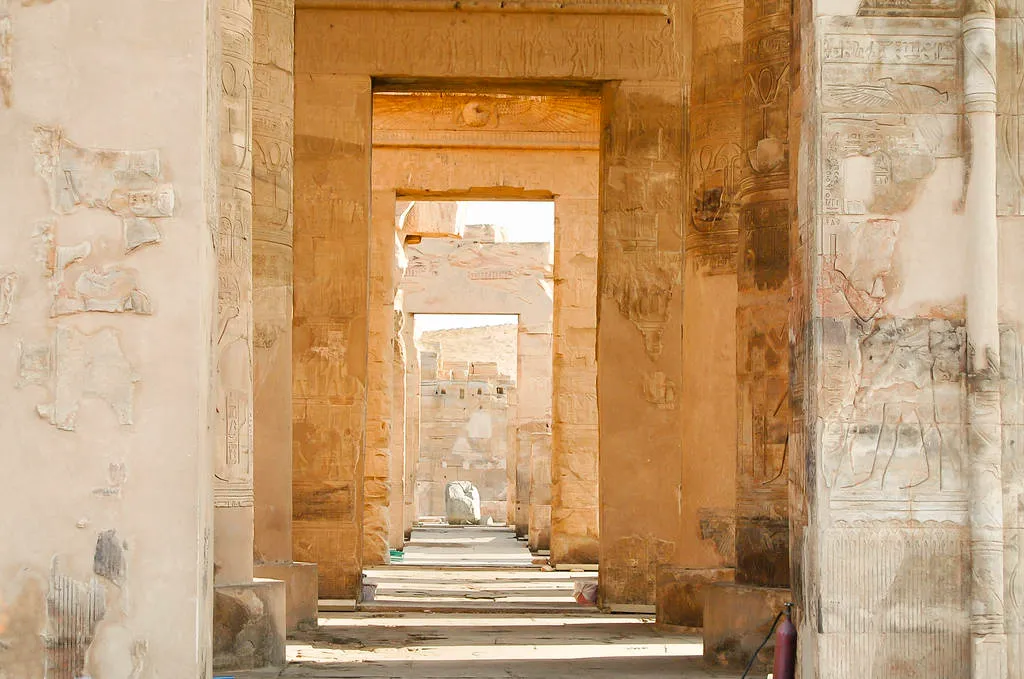
The Temple of Kom Ombo isn't simply a strict site; a vault of intriguing verifiable subtleties keeps on enamoring guests from around the world to try it among Egypt cultural tours from USA.
1. Hieroglyphic Stories
The Temple walls are enhanced with unpredictable hieroglyphics that portray strict practices, legendary stories, and clinical information on the old Egyptians, Our tour guide will tell you the engraved stories on the wall through our guided Egypt short break tours.
2. Mummified Crocodile Museum
Inside the Temple complex, you'll find a devoted exhibition displaying preserved crocodiles, underscoring the Temple's relationship with the crocodile god Sobek, join our guided Egypt family tours and learn more mysteries about the Egyptian Gods.
3. Innovative Nilometer
The Temple complex elements a nilometer, a gadget used to quantify the Nile's water levels. This gave fundamental data to agrarian preparation and was urgent for the prosperity of old Egyptian culture.
4. Surgical Instruments and Healing Deities
One of the most fascinating parts of Kom Ombo Temple is the presence of carvings portraying careful instruments and operations, verifying the sanctuary's importance as a focal point of recuperation.
How was the Temple of Kom Ombo Built?
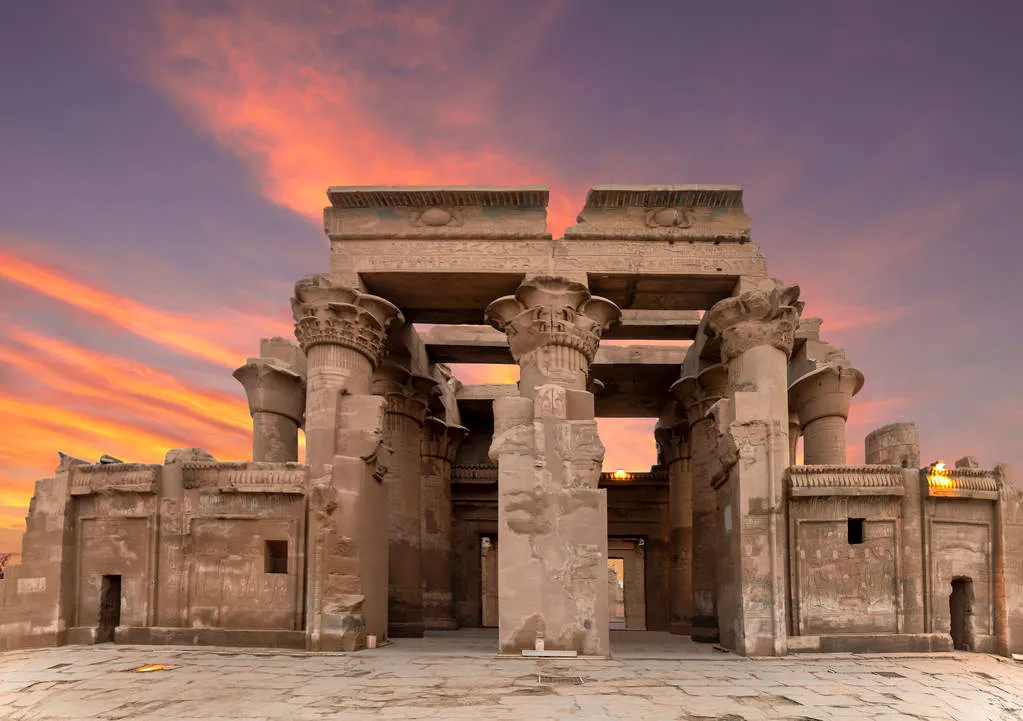
The development of the Temple of Kom Ombo involved careful preparation, gifted craftsmanship, and the dedication of the two rulers and laborers to rejuvenate this structural wonder.
Stones and Sand: Materials Utilized
The Temple was assembled basically utilizing neighborhood sandstone, quarried from the encompassing regions. Gifted specialists carefully cut and formed the stones to make the perplexing subtle structures that actually stand today. Get impressed by the temple of Kom Ombo during your visit to Egypt Christmas and New Year Tours and know that our tour guide will tell you about its history.
Construction Techniques
The old Egyptians utilized a blend of strategies to develop the Temple. These included etching, quarrying, and forming stones utilizing copper devices and wooden wedges. The stones were then moved to the site utilizing sleds and labor supply.
Carving Legacies: Intricate Details
The Temple's walls and segments bear many-sided carvings and reliefs that portray divine beings, pharaohs, and legendary scenes to see among Egypt budget tours to Luxor and Aswan. These carvings were carefully executed by gifted craftsmen utilizing etches, sleds, and abrasives.
Join Dynamics Travel on a Journey to Kom Ombo Temple
Dynamics Travel stretches out a solicitation to all sets of Egypt luxury tours for experience lovers, swashbucklers, and culture searchers to go along with us on an extraordinary Egypt day tours to the Temple of Kom Ombo. Allow us to direct you through the duality of its plan, the imagery of its carvings, and the authentic woven artwork that unfurls inside its walls.



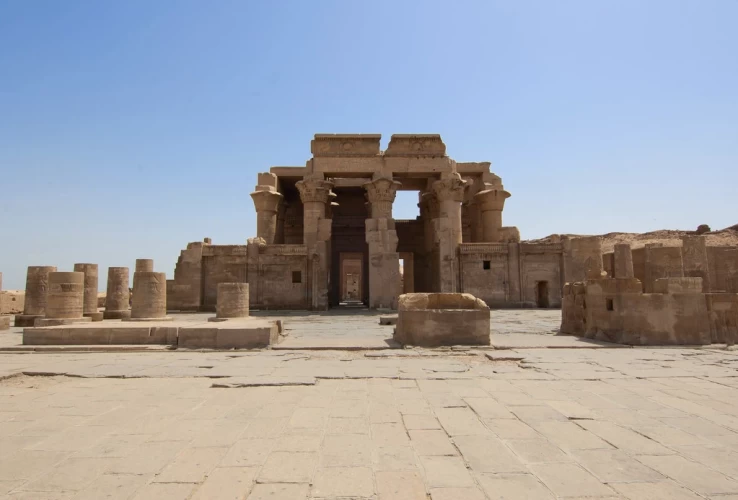
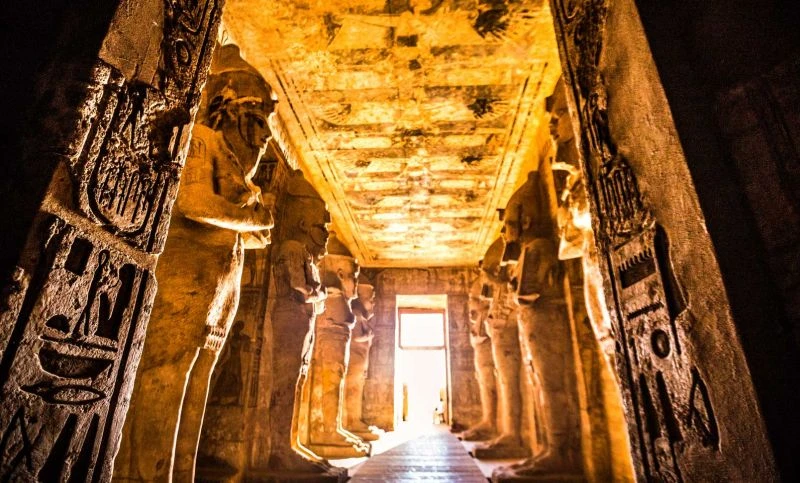
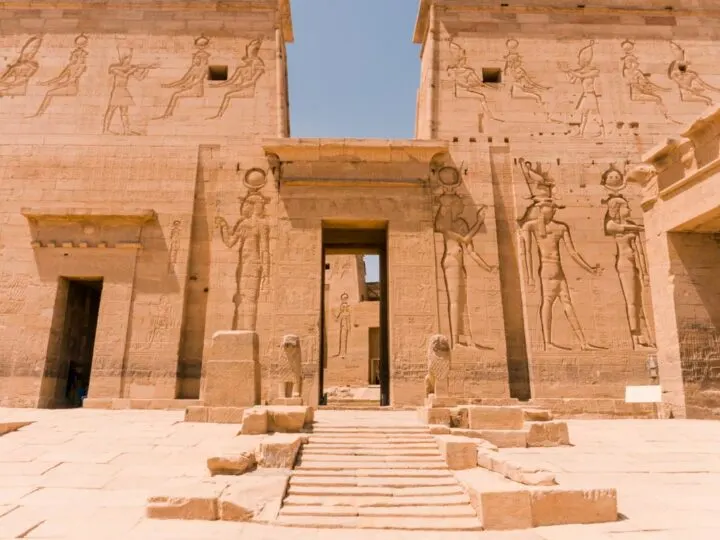
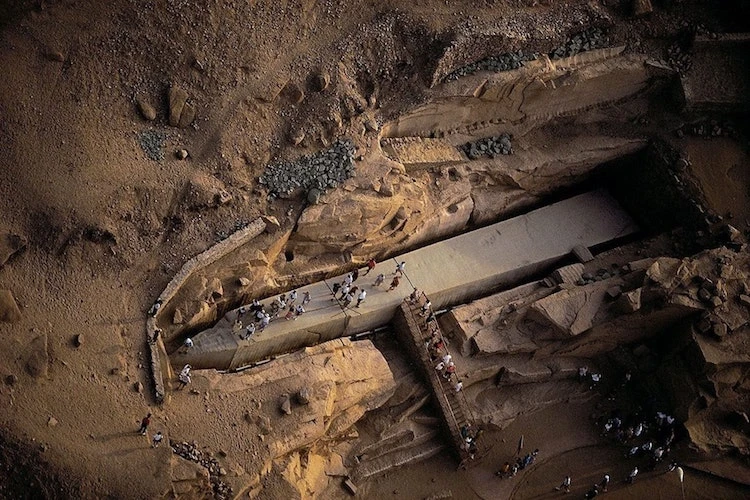
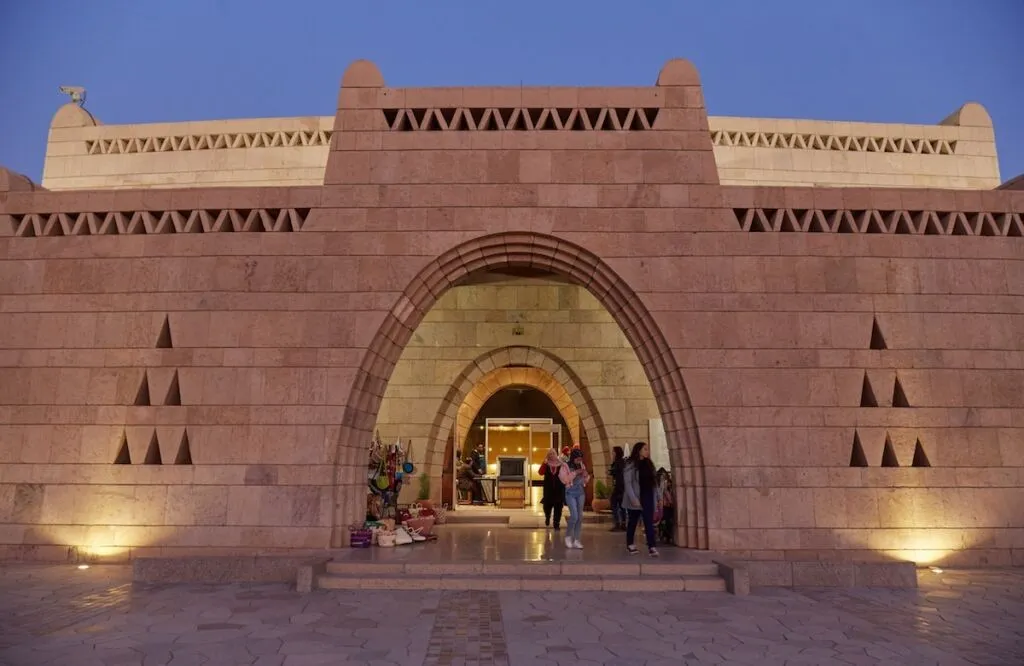



-webp.webp)
-webp.webp)
-webp.webp)
-webp.webp)
-webp.webp)
-webp.webp)
-webp.webp)
